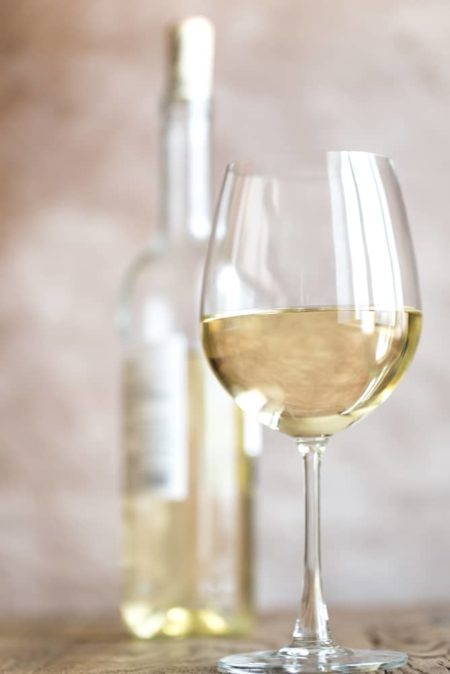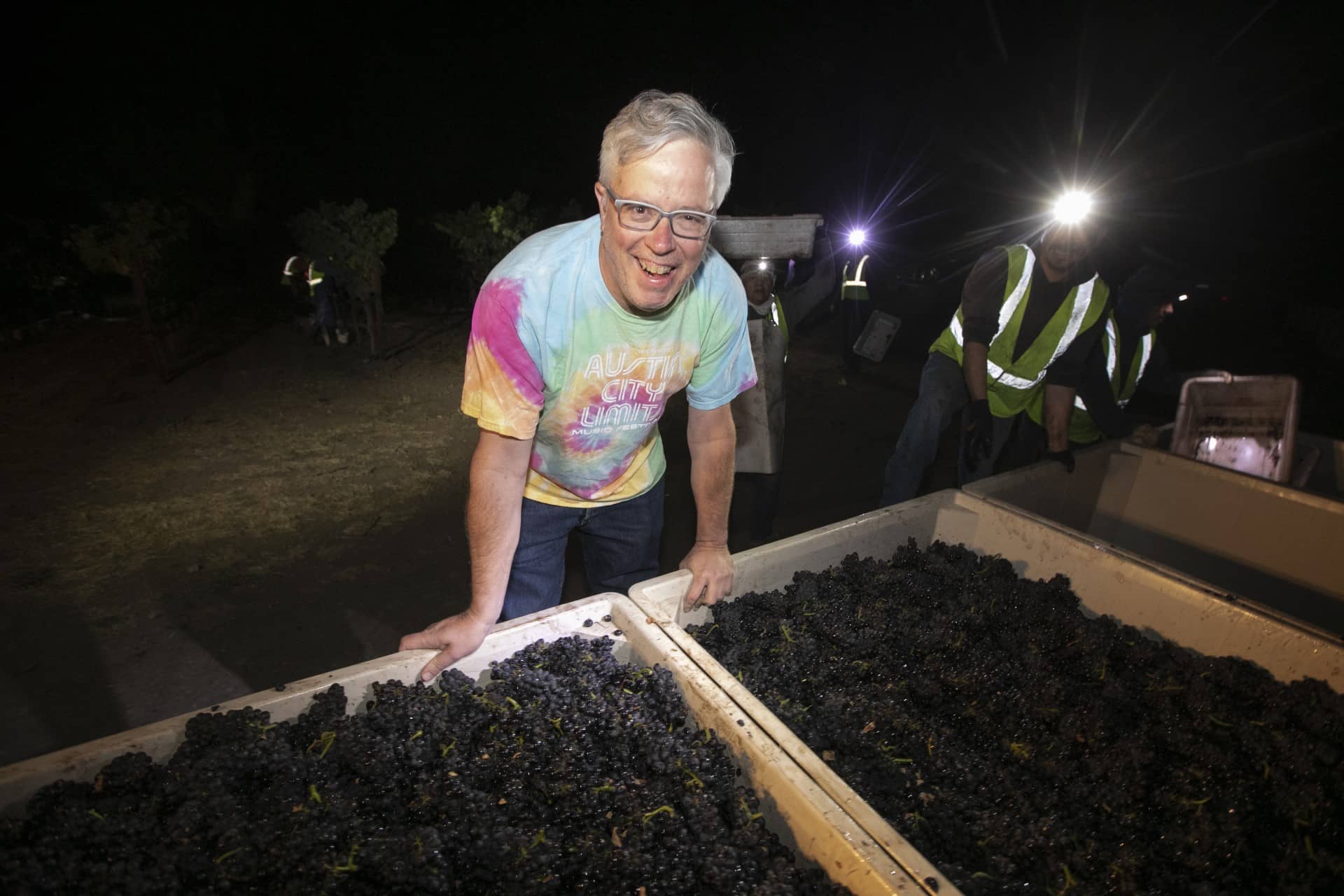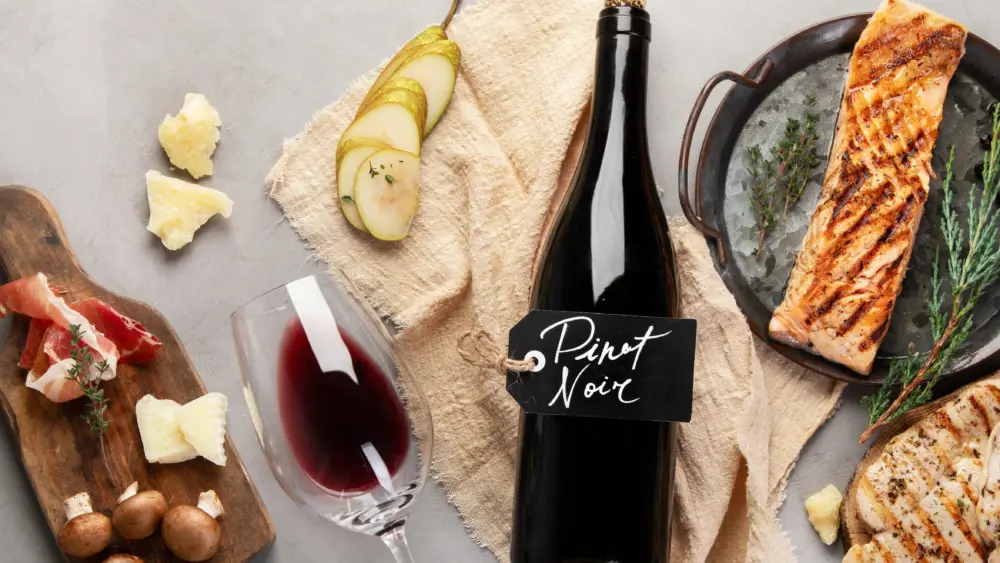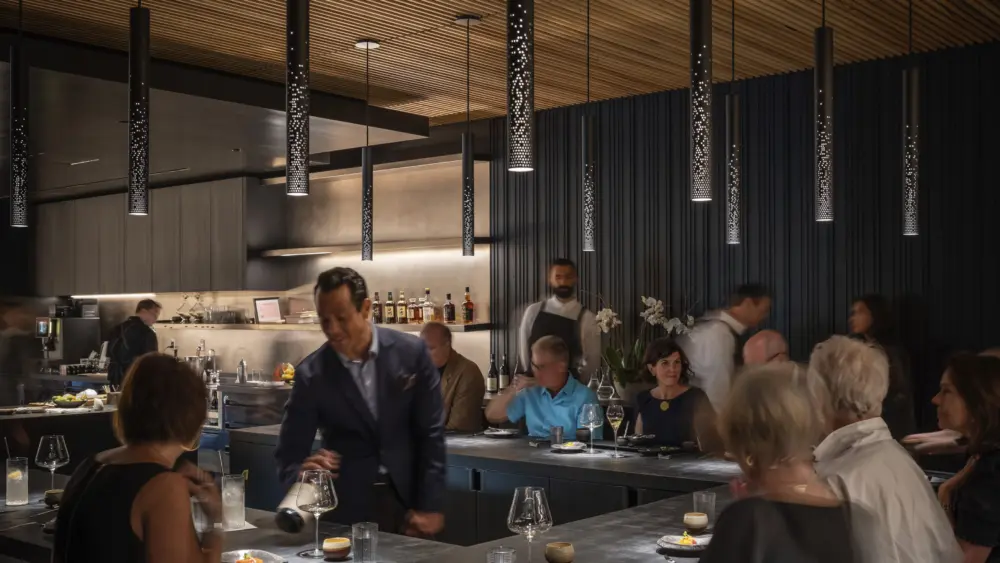
What do these two anecdotes have in common?
First, in August, I traveled to Oxford, Mississippi to take my son, Truett, to school for his freshman year at Ole’ Miss. While there, I checked out the (surprisingly fine) dining scene and even went to a restaurant, The Sipp on South Lamar, that holds a Wine Spectator award for its wine list. They were doing something fun—half off any of the wines they offer by the glass during Happy Hour—except for sauvignon blanc. I asked why sauvignon blanc was excluded, and the server said that it was so popular already that it was difficult to keep in stock and they didn’t need to discount it.
Second, I recently wrote up a Harvest Halftime Report for members of my Clarice Wine Club in which I interviewed vintners from throughout Napa and Sonoma counties. One of the people I spoke with was Morgan Twain-Peterson of Bedrock Wine Company who reported that, “cabernet has seemed generally light, as has sauvignon blanc—deeply ironic since that is the one variety anyone really wants this year.”
The answer to my original question, of course, is sauvignon blanc—the “hot new wine” in California during a time when every other grape type is decidedly not hot. In fact, if you look at the latest NielsenIQ figures for wine sales (mainly wines sold at grocery) over the period ending June 15, 2024 you will see that only one varietal was up both in volume sold and in dollar-value sold, and that was sauvignon blanc. And, hold onto your tastevine, the average price for a bottle of sauvignon blanc ($10.76) in these figures now exceeds chardonnay ($8.28) and cabernet sauvignon ($10.70).
To gauge what’s happening, I reached out to a few winemakers to get their thoughts on the popularity of sauvignon blanc.
Rombauer Winery in Napa has invested heavily in sauvignon blanc. They’ve purchased land specifically for the variety and even torn out some cabernet vines and replaced them with sauvignon blanc. Richie Allen, vice president of winemaking, notes that sauvignon blanc is “one of our fastest-growing wines. This has led to significant vineyard investment in ensure we can continue to increase quality as we make more.” In fact, more sauvignon blanc was planted in Sonoma County in 2023 than in any year in the past decade. Part of this increase in consumer acceptance can seemingly be traced back to the popularity that New Zealand sauvignon blanc has attained, he notes.
Bibiana Gonzalez-Rave, who makes sauvignon blanc under both the Alma de Cattleya and Shared Notes labels, points to Sancerre and the exposure it received almost a decade ago and those consumers now entering their wine-purchasing prime. “I see a rise in popularity starting on 2015-2016 that was noticeable with the exposure the wine got on the movie Fifty Shades of Gray. I think that was in correlation with a younger demographic being more interested in wines that were lower alcohol and very aromatic. So, Sancerre and Val de Loire became an easy wine to drink and to understand.”
I also spoke with Rob McMillan of Silicon Valley Bank’s wine department who points to several factors for sauvignon blanc’s popularity and notes that a younger audience is driving this surge. “White wine—sauvignon blanc—makes it easier to begin the wine discovery process for new wine consumers and can carry lower alcohol, playing into the health mindset.”
With popularity growing, California has taken the quality of sauvignon blanc to a higher level—largely through the selection of better sites and by viewing sauvignon blanc as something other than a poor stepsister to chardonnay. Richie says, “Site, site, site. We are actively seeking sites and soils specifically for SB to drive the quality and style. Not just planting a little block here or there to see if it works. We have gone all in.”
Heidi von der Mehden of Merry Edwards Winery, talks about these things as well and looks ahead at what is to come: “I think the exciting story of North Bay sauvignon blanc is about capturing the attention of the next generation and demonstrating the distinct differences between sauvignon blanc grown within the different Sonoma County AVAs.” She says their Russian River Valley blanc holds acidity well, allowing them to leave the grapes on the vine longer for greener, grassier flavors with tropical notes. “We are starting to look at vineyard-designated sauvignon blanc to take this idea of showcasing the Russian River Valley terroir to the next level.”
A decade ago, I don’t know that many of us would have looked at sauvignon blanc—long a good wine in California but rarely a superstar—as the next hot thing. But it seems to have captured the heart of consumers and most especially younger consumers who are sea, for the moment, in undoubtedly the most popular varietal in California wine. Richie, Bibiana and Heidi all think that this is more than a passing trend. Richie sums it up well by saying: “It’s here to stay, just like chardonnay or cabernet I would think. The future—who knows. But I can’t wait to see how other winemakers master this variety and drive quality to make regional styles that compete with the best in the world.”
Adam Lee co-founded Siduri Wines in 1994, selling it to Jackson Family Winery in 2015. He now produces and owns Clarice Wine Company, and consults with numerous different wineries, including Rombauer Vineyards on their Pinot Noir project.




